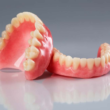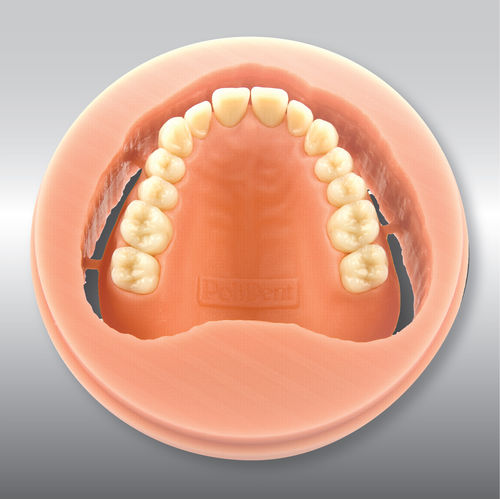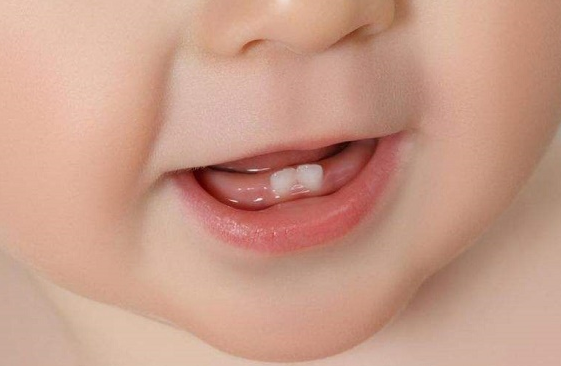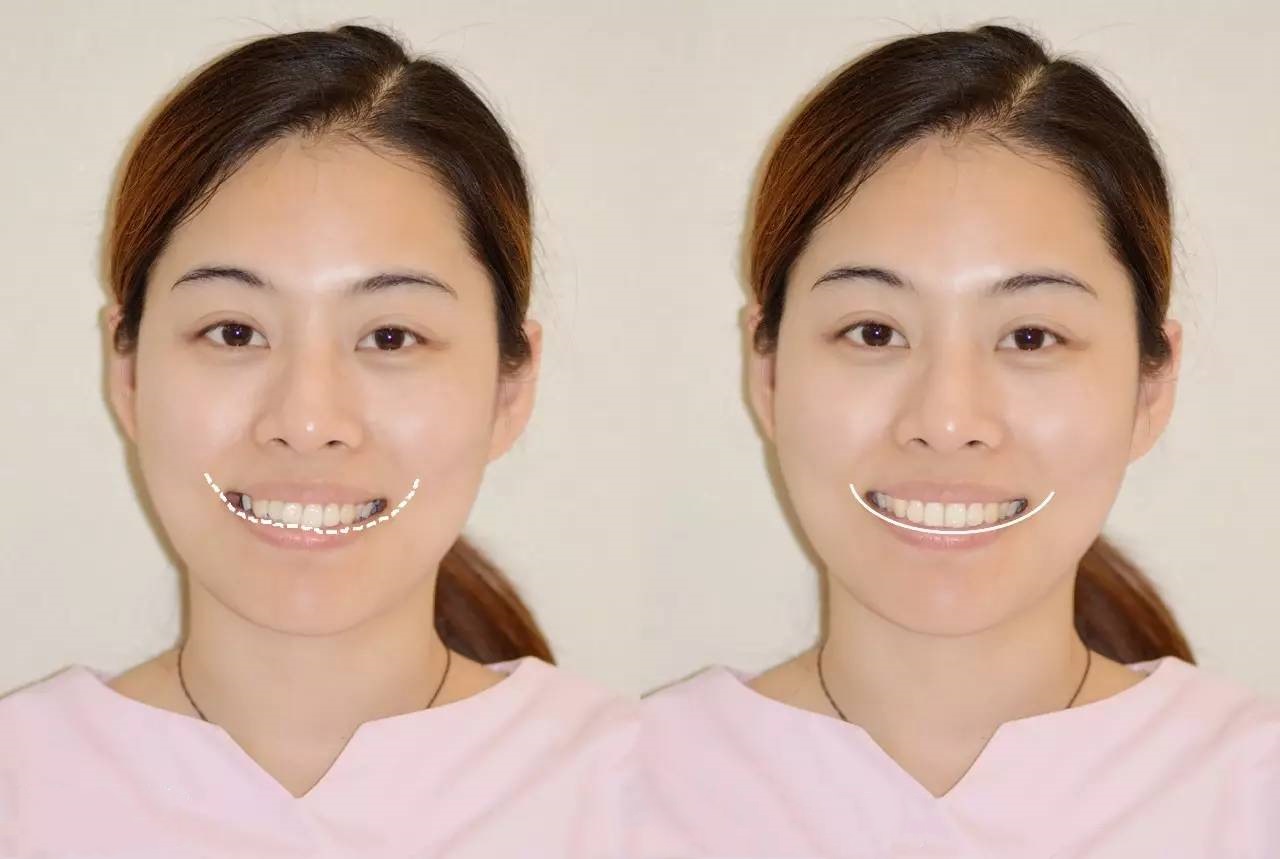Materials for organic CAD / CAM
Since organic materials can be molded by polymerization, heat softening, and cutting operations, they can be used in various CAD / CAM systems. For example, a photopolymerizable resin can be used for the stereolithography method, an acrylic monomer can be used for the inkjet method, and a thermoplastic resin can be used for the resin extrusion method and the SLM method. Cutting methods are the main types of dental restorations, and Table 1 shows the composition and classification of organic dental materials for CAD / CAM. It is roughly divided into the following 5 types in terms of material.
(1) Acrylic resin
It is a 100% PMMA dental block, and ZENOTEC PMMA Cast, Cara Cast PMMA, and IPS Acry CAD, pmma in dentistry is used for casting and press-fitting prototypes. Cercon Base PMMA, ZENOTEC Pro Fix, Telio CAD, Ceramill temp, Cara Temp PMMA, Yamahachi resin disc, and Berezza PMMA disc are used for temporary crown / provisional restoration.
(2) Glass fiber reinforced resin
Everest C-Temp is a polymer reinforced with glass fiber and has a homogeneous structure. It has a flexural strength of 450 MPa and a flexural elasticity coefficient of 2 GPa and is applicable to long spans of molars. Furthermore, it can be used as a long-term provisional restoration (up to 12 months) due to its low chemical solubility and water absorption. Furthermore, it can be used as a core to be muzzled with a resin-based material.
(3) Composite resin
Paradigm MZ100 is made based on the composite resin Z100 for molding restoration and contains 66 vol% of 0.6 µm silica zirconia filler in Bis-GMA / TEDMA-based monomer. Stain and glazing for photopolymerized composite resins can be used. In addition, it can be repaired in the oral cavity and can be applied to inlays, onlays, full crowns, and veneers. There are two types of CAD-Temp: monocolor, which is a single color, and multiColor, which has a multi-layer structure. Up to 4 bridges can be applied. Although it is of high molecular weight and highly crosslinked acrylic resin, the inorganic filler is as low as 15 wt% and the elastic modulus is as small as 2.8 GPa, making it flexible. It is called MRP material (Microfiller Reinforced Polyacrylic).
3M’s Lava Ultimate, which was launched in Japan on October 10, 2012, is a composite resin developed for CAD / CAM cutting and has a filler content of approximately 80 wt%. It contains particles called nanoclusters of 0.6-10 µm, which are aggregates of silica with a diameter of 20 nm, and zirconia nano-sized particles with a diameter of 4-11 nm. A thermosetting resin is used as the resin matrix. It proposes a new classification genre with resin nanoceramics (RNC), uses conventional glass ceramics and composite resins as competing materials, and mainly uses crowns, inlays, onlays, and veneers. It has high fracture toughness, flexural strength, resilience, excellent durability, and less wear on the opposing teeth.
About a year later, on November 21, 2013, Vita started selling a composite resin block for CAD / CAM called Enamic in Japan. It was already on sale in Germany in March 2013. This is a complex containing 86 wt% (75 vol%) of porous glass, impregnating and copolymerizing UDMA and TEGDMA monomers in the voids, and making the polymer content 14 wt% (25 vol%). The ceramic network is described as being reinforced by the polymer network. It has an elastic modulus of 30 GPa, which is similar to that of dentin and can disperse occlusal stress. Harder than Ultimate, but slightly less than Ultimate in both flexural strength and fracture toughness.
On April 1, 2014, the composite resin block for CAD / CAM became a material covered by health insurance in Japan, and Giardia, CeraSmart (Fig. 3), and Shofu Block HC (Fig. 4) became available. In addition, Lava Ultimate on June 1, 2014, and Vita Enamic on June 2, 2014, became health insurance coverage materials. These are polymerized under pressure and heat by utilizing the existing composition and manufacturing technology of hard resin and have good mechanical properties and excellent chemical durability with a polymerization rate of nearly 100%. Although insurance is only available for premolar crown prostheses, it is welcome to have more options when prioritizing aesthetics as an alternative to metal prostheses. Furthermore, KZR-CAD HR is commercially available from Yamamoto Precious Metals, and it is expected that CAD / CAM composite resin blocks equivalent to these will be supplied one after another from each company.
(4) Wax
The melting temperature of ZENOTEC Wax and Ceramill Wax is 100 to 130 ° C, which is high as wax and can be cut by CAD / CAM. There is no incineration residue and it is used as a casting prototype and as a press-fitting prototype for ceramics and muzzleloaders. Dental Laboratorio wax discs, Berezza WAX discs, Matsukaze disc wax, and domestic manufacturers also offer wax discs, but the ingredients are closer to resin than wax.








